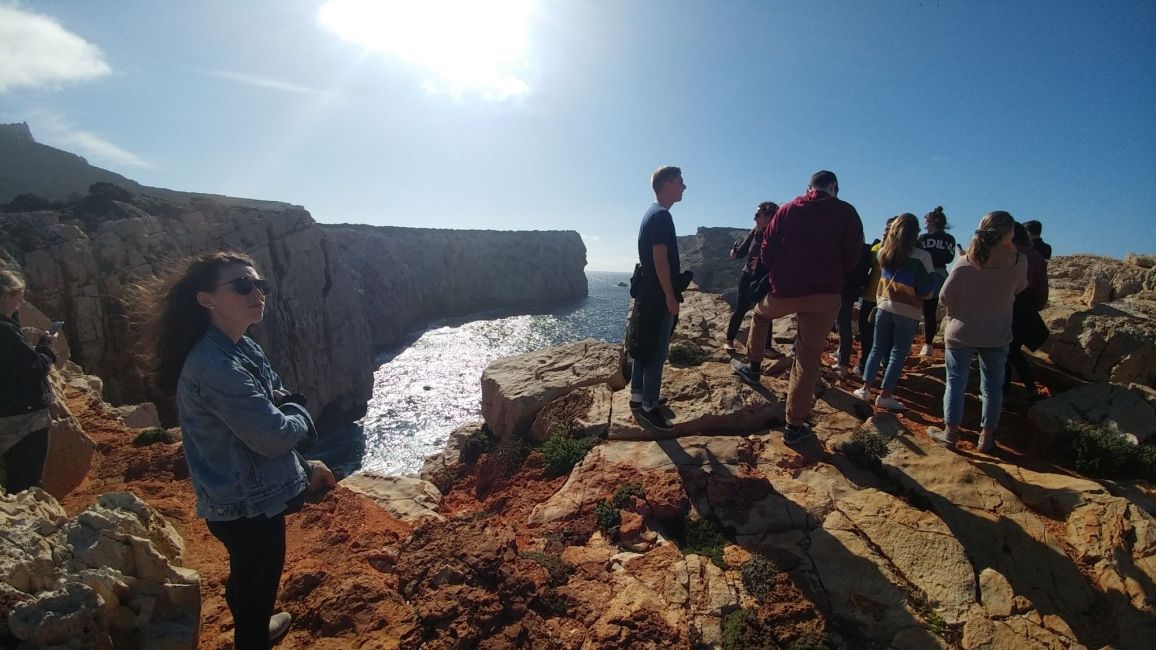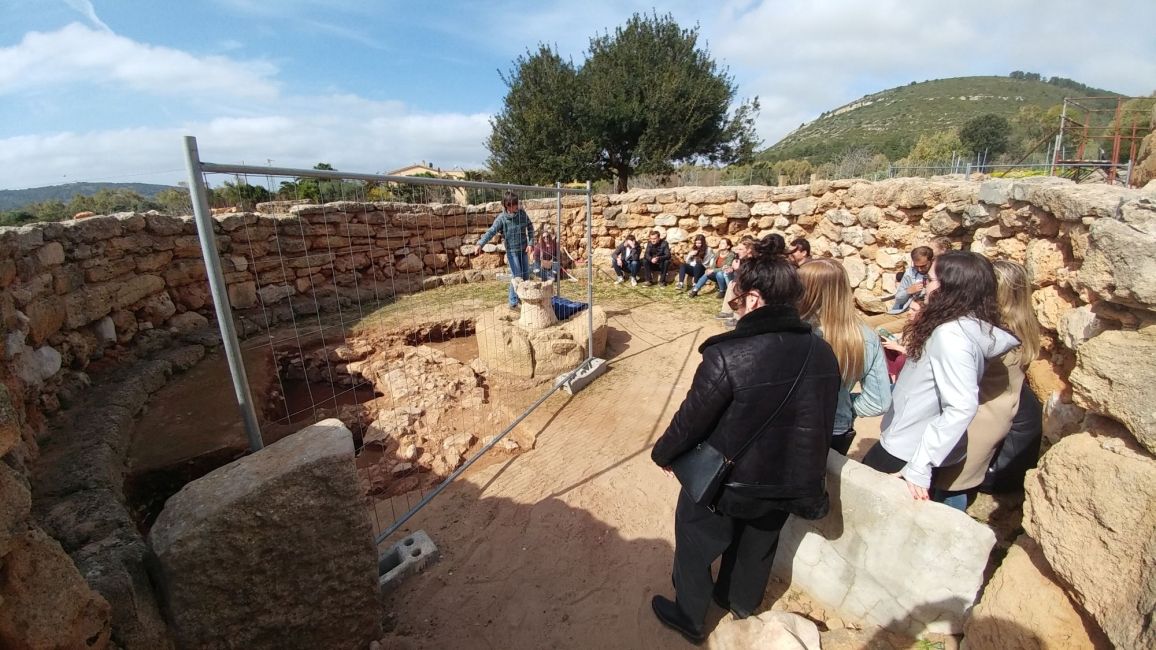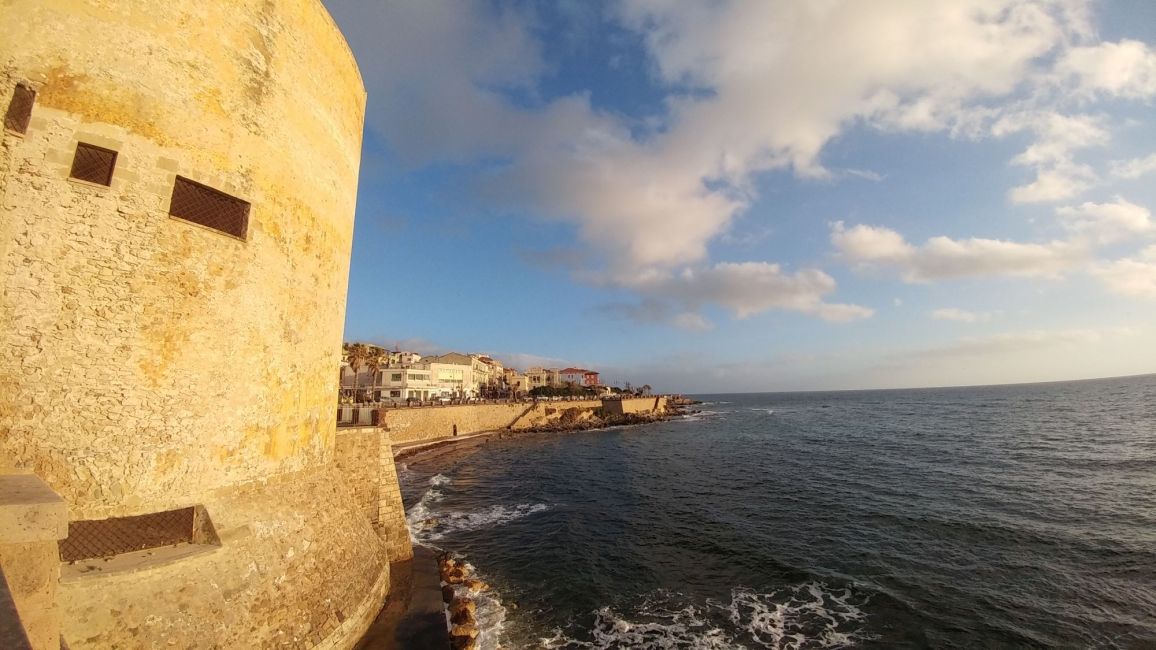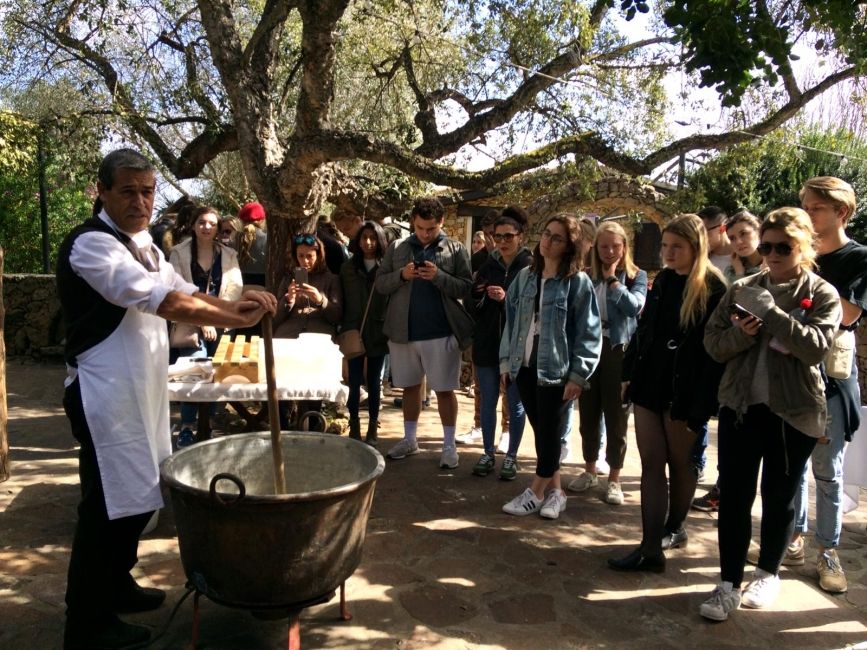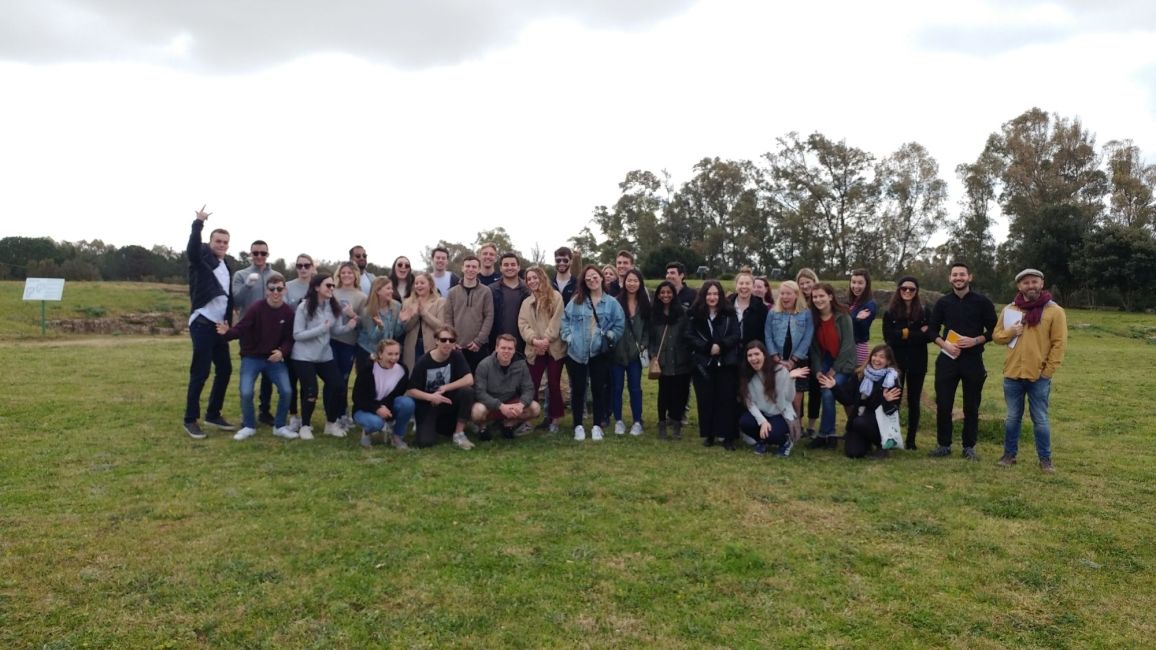Study Tour - Sardinia, March 2019
Sardinia is the second largest island in the Mediterranean Sea (after Sicily and before Cyprus), located west of Italy and close to the French island Corsica. Sardinia is politically an Italian region but with a domestic autonomy due to its cultural and environmental peculiarities. Sardinians are very proud of their own specific culture, boasting indigenous language richness - more than 5 different languages are spoken within less than 1.7milions of inhabitants and 9,300 sq. miles of surface.The woods, the different families of plains, the largely uninhabited territories, the rocky coasts and long sandy beaches give a great variety of ecosystems to Sardinia, reasons why the island is also defined as a “micro-continent”.
The mix of innovation and tradition, ancient and modern history along with the well-known beauty of the island drove CIEE to set the Fall 2019 Block II Study Tour in Alghero, province of Sassari. Part of its population descends from the Catalan conquerors from the middle ages (Catalonia is a northern east region in Spain) and the Catalan language is co-official, a unique situation in Italy. After a short flight from Rome the group reached a local Agriturismo (holiday farm) in the heart of Alghero’s countryside. The students had the unique opportunity to see how the famous Pecorino Sardo (an aged cheese made from sheep's milk) is made, and to make their own Primo Latte (a fresh cheese made from cow's milk). During the visit, the students discovered the Sardinian long agricultural history recounted by Mario about how to make cheese and live in harmony with nature, and from Rita who taught students how to make homemade Sardinian pasta. The visit ended with a great lunch where only homemade typical Sardinian food was served!
The second day the group went to the archaeological sites of Palmavera and Angelu Ruju accompanied by two local archaeologists. The area of today's Alghero has been settled since prehistoric times and different civilizations came in succession. At the site of Angelu Ruju students had the chance to walk into some Ozieri culture necropolis (c. 3200 to 2800 BC), instead at Palmavera the students stepped inside some of the Nuraghe civilization buildings settled in the area around 1,500 BC. After an intense day of visiting ruins, a nice walk around the city walls facing the sea was well deserved!
The last stop was the must see Regional Natural Park of Porto Conte, a large uncontaminated natural reserve where the rare Griffon vulture lives together with lots of different species of birds and animals. The park contains 35 identified species of mammals and 150 species of birds. Accompanied by an environmental park guide, the students walked the Cala la Barca (an amazing cliff) track where you can admire the park’s extension surrounded by Mediterranean scrub. The park, and in particular Capo Caccia marine area are fundamental for the preservation of the Mediterranean biodiversity and hence the reason why the park is strongly engaged in environmental education. Last year the park launched a project regarding the history of The Little Prince, a novel written by the French writer Saint - Exupery who took inspiration from the Sardinian landscape for the book’s setting. The aim of this project is to reconnect young people with nature.
Sardinia certainly is a must-see place to visit when coming to Italy. We all thoroughly enjoyed the history, the nature and the friendly Sardinian locals.
Related Posts
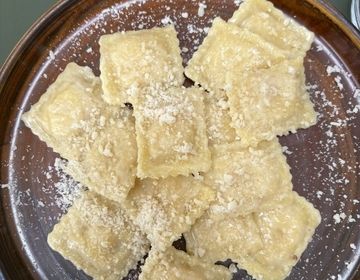
Eating Through Rome
By: Sammi Desch Over the last couple of months, I have curated guides for the best food in Rome from locals, chefs, friends, professors, Reddit, and through my own exploration... keep reading
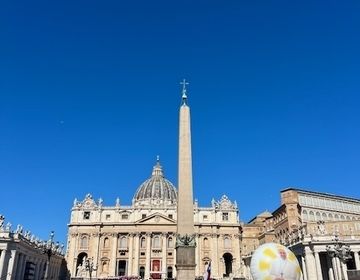
Why I Chose Rome — And Why You Might Too
By: Brianna Sullivan Hi everyone! I’m Brianna Sullivan, and this Spring 2025, I’m studying abroad with CIEE in Rome, Italy. The people I’ve met, the places I’ve explored, the lessons... keep reading
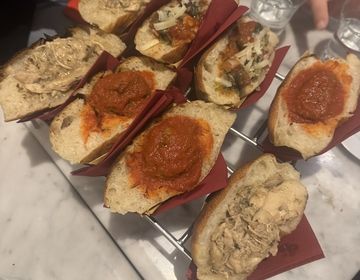
Culture, Cuisine, and Cobblestones: My Life in Rome
By: Madeline Wooster Living in Rome as a study abroad student still doesn’t feel real most days. I’m constantly surrounded by beautiful old buildings, tiny cafes, and winding streets —... keep reading
